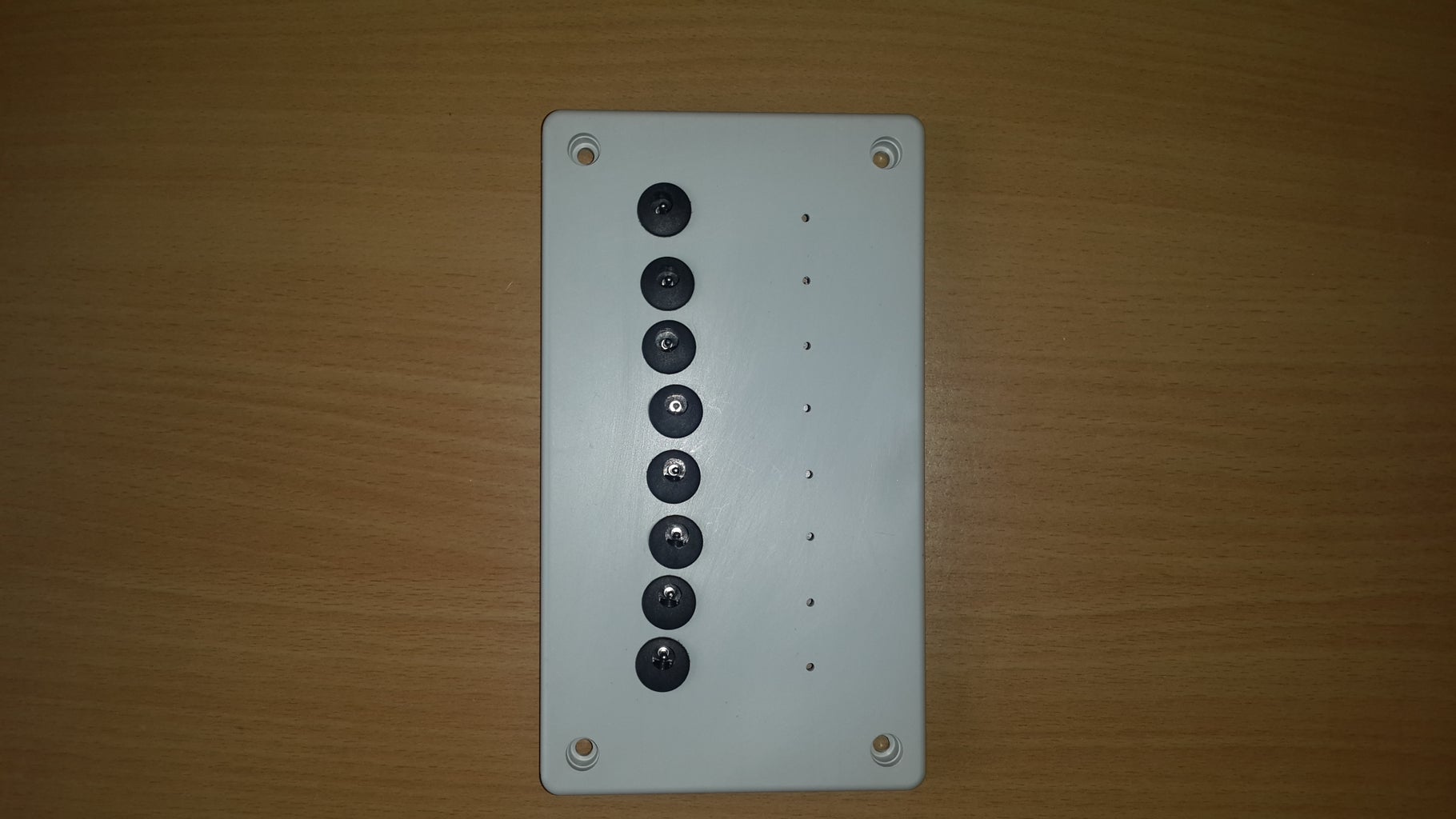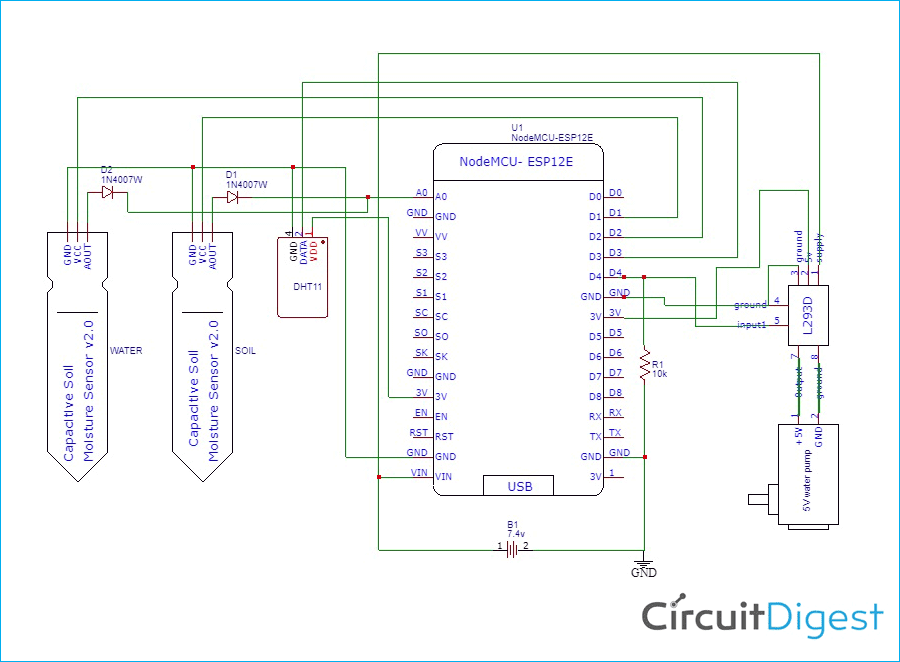IoT Power Strip 12 Steps with Pictures Circuit Diagram Wondering if anyone could help me find the best match for my needs. I am wanting to put a power strip in a location that is a pain to get to. Since it will allow me to turn on/off other smart home devices (e.g. Hue, Bond, Harmony, etc) I would like the following in order of priority: North American plugs Individually controllable plugs

Build an open-source version of an internet-controlled outlet using a PyPortal and a power relay. The outlet is programmed with CircuitPython and connected to Adafruit IO so you can control it from anywhere in the world! Go further with this guide by adding a feedback indicator so you read the appliance power status. In this paper, a device called the Smart Power-Strip is presented. It functions as a wall outlet adapter that is controlled by a microcontroller and can turn any standard home into an automated home without additional construction. It can obtain information by wi-fi connection or sensors then the microcontroller makes a decision based on the obtained information (e.g., programmed parameters

IoT Power Outlet with CircuitPython and Adafruit IO Circuit Diagram
A year ago I decided to make a simple device with a web interface for reliably turning on/off a couple of mains sockets via Wi-Fi. I thought that ESP-01 (having GPIO0 and GPIO2 available), and 2-channel Relay Module would be enough for that, and with NodeMCU writing a software would be not a problem at all.. During the prototyping of the device, the set of requirements were expanded a little:

Figure 1 illustrates the simplified functional block diagram for the IoTtalk platform, which consists of the IoTtalk server (Figure 1 (a)), the IoT devices (Figure 1 (b) and (c)), and possibly a

strip: Home automation by bringing outlets into the IoT Circuit Diagram
In this tutorial, we'll be using a 5V relay to switch the current to a power outlet on and off. We'll use the Arduino and a sensor to control when the relay switches. To learn more about the 5V relay and it's different modes of operation, see our article "How to Set Up a 5V Relay on the Arduino". We could always wire the relay directly to the device we want to control, but it's
